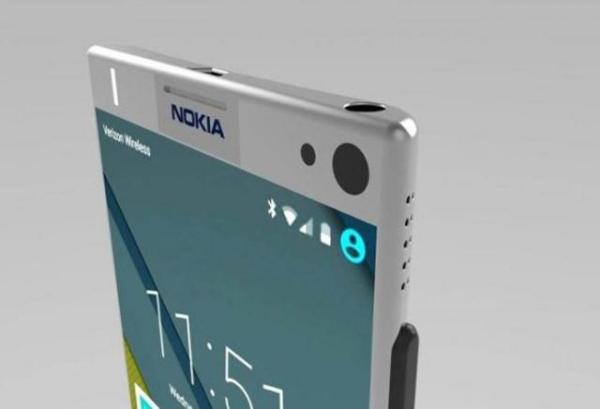
In the early 2010s, Nokia’s story seemed destined to end in failure. Once a giant in the mobile phone industry, the Finnish company was synonymous with durable, reliable phones that dominated global markets. However, by 2013, its dominance had crumbled. The rise of smartphones, led by Apple and Android-powered devices, left Nokia struggling to adapt. Its inability to innovate and keep up with changing consumer demands brought the company to the brink of collapse. Sales plummeted, profits turned to losses, and the future looked bleak.
Nokia’s attempt to compete in the smartphone market was marred by missteps. The company had relied heavily on its Symbian operating system, which was outdated compared to Apple’s iOS and Google’s Android. When Nokia finally decided to pivot, it partnered with Microsoft to create Windows-based smartphones. However, this collaboration failed to make an impact, and Nokia’s comeback devices flopped in the market. By 2011, the company reported its first loss in over a decade, signalling the depths of its crisis. The iconic brand, once a pioneer, was now seen as a relic of the past. Bankruptcy loomed large, and Nokia’s identity as a mobile giant seemed all but lost.
Despite its fall from grace, Nokia’s leadership decided to take bold and unconventional steps to save the company. In 2014, Rajeev Suri was appointed CEO, and his vision marked a turning point for Nokia. Suri didn’t focus on reclaiming the company’s legacy as a phone manufacturer. Instead, he asked a fundamental question: What did Nokia do better than anyone else? The answer lay in its strength as a technological innovator, particularly in telecommunications infrastructure.
Suri and his team made a daring decision to pivot Nokia’s business model. They shifted away from consumer devices and began focusing on providing network solutions for businesses and telecom operators. The move was seen as risky—Nokia had built its reputation as a phone manufacturer, and this new direction required the company to redefine itself entirely. But Suri’s vision wasn’t just about survival; it was about finding Nokia’s place in the future of technology.
One of the critical aspects of Nokia’s transformation was its decision to invest in 5G technology. Suri recognised the potential of 5G to revolutionize global connectivity and decided that Nokia should become a leader in its development. At the time, 5G was still in its infancy, and competitors like Huawei and Ericsson were already making significant strides. To compete, Nokia had to act decisively. The company restructured its operations, cutting unnecessary costs, simplifying decision-making processes, and pouring resources into research and development.
The acquisition of Alcatel-Lucent in 2015 was a pivotal moment in Nokia’s resurgence. For $16.6 billion, Nokia gained access to a vast portfolio of intellectual property, including over 29,000 patents. This strategic move bolstered Nokia’s position as a leader in telecommunications research and gave the company a technological edge in the race to develop 5G. The acquisition also allowed Nokia to expand its reach in global markets and secure partnerships with major telecom providers.
By 2018, Nokia had made significant progress in its 5G initiatives. The company introduced ReefShark, a cutting-edge 5G chip that was faster, smaller, and more efficient than its competitors. This innovation sent a clear message: Nokia was not just a participant in the 5G race; it was determined to lead. The company also launched marketing campaigns that highlighted the potential of 5G to create a more connected world, positioning itself as an architect of this technological future.
Nokia’s strategy went beyond technology. The company understood the importance of partnerships and worked closely with telecom operators to roll out 5G infrastructure globally. By 2024, Nokia had signed over 300 agreements with telecom companies, cementing its role as a key player in the 5G ecosystem. These collaborations ensured that Nokia’s innovations reached markets worldwide, enabling the company to regain its relevance in the tech industry.
The results of Nokia’s transformation were remarkable. By 2022, the company’s annual revenue exceeded $20 billion, and it had captured 29% of the global 5G market outside China. Nokia’s comeback was not just about financial success; it was a testament to the company’s ability to adapt, innovate, and find new opportunities.
Nokia’s contributions to 5G have also paved the way for its involvement in future technologies. In 2024, the company announced it had reached a milestone of 7,000 patent families declared essential to 5G. These patents cover innovations in areas such as radio protocols, security, and interface technologies, which are crucial for the functioning of 5G networks. Nokia’s ongoing research efforts position it as a leader in 6G development, demonstrating its commitment to staying ahead in the ever-changing tech landscape.